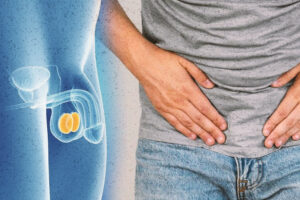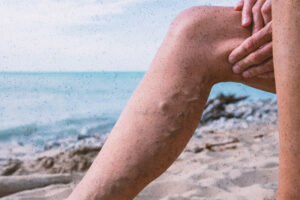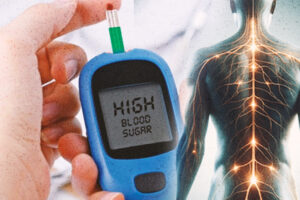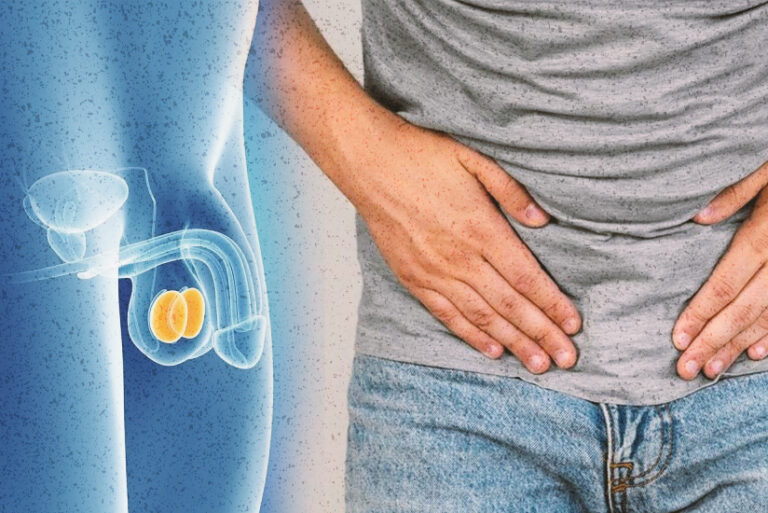By Evangeline T. Capuno
The sun warms you, relaxes you, and brightens your mood. But get too much, and you could end up with an agonizing sunburn.
“Sunburn results from an overexposure to ultraviolet B (UBV) rays,” explains “The Merck Manual of Medical Information.” “Depending on the type of skin pigment a person has and the amount of sun exposure, the skin becomes red, swollen, and painful one hour to one day after exposure. Later, blisters may form, and the skin may peel. Some sunburned people develop a fever, chills, and weakness, and those with very bad sunburns even may go into shock – low blood pressure, fainting, and profound weakness.”
That’s what sunburn does to you. But there are three types of sunburn. First-degree sunburn has these symptoms: skin turns bright red; hot skin; burning sensation, pain; itch; and peeling skin.
The second-degree sunburn has all the symptoms of first-degree sunburn but includes swollen skin and blisters that weep. The third-degree sunburn is rare and has all the symptoms of first- and second-degree sunburns. In some instances, there may be symptoms of sunstroke that include dizziness, nausea, vomiting; fever; and weakness. The skin turns black or white, usually with no pain.
While most inflammation caused by sunburn subsides with time, it does have long-term effects. “A burn is an injury to your skin, and the damage from it is cumulative,” points out Dr. Bryan C. Schultz, clinical associate professor at Loyola University of Chicago Stritch School of Medicine. Repeated overexposure to the sun erodes elastic fibers in your skin, causing wrinkles. Even more serious, it could set the stage for skin cancer.
The best – and most obvious – way to prevent sun damage is to stay out of strong, direct sunlight. “Clothing and ordinary window glass filter out virtually all damaging rays,” informs the Merck manual. “Water is not a good UV filter: sun’s rays can penetrate a foot of clear water. Neither clouds nor fog is a good UV filter either; a person can get sunburned on a cloudy day.”
The Merck manual suggests that before exposure to strong, direct sunlight, a person should apply a sunscreen, an ointment or cream containing chemicals that protect the skin by filtering out sun’s rays. “Many sunscreens are either waterproof or water-resistant,” it says.
One common, effective type of sunscreen contains para-aminobenzoic acid (PABA). Because it takes 30 to 45 minutes to bind strongly to the skin, swimming or sweating soon after applying PABA will wash it off. Occasionally, sunscreens containing PABA irritate the skin, and they can cause allergic reactions in some people.
Another type of sunscreen contains a chemical benzophenone. Many sunscreens contain both PABA and benzophenone or other chemicals; these combinations provide protection from a broader range of UV rays. Other sunscreens contain physical barriers such as zinc oxide or titanium dioxide; these thick, white ointments block sunlight from the skin and can be used on small, sensitive areas, such as the nose and lips.
Unknowingly, some people are more prone to sunburn than others. But the fact remains: no one is completely immune to the sun’s savagery. “When the fun in the sun leaves your skin scorched, there are some strategies that can help ease your pain – and keep you from getting burned again,” writes Dr. Philip Goldberg, author of Pain Remedies.
· Reach for a pain reliever. The old standby aspirin can help relieve the pain, itching, and swelling of a mild to moderate burn. “Take two tablets every four hours,” suggests Dr Rodney Basler, assistant professor of internal medicine at the University of Nebraska. Ibuprofen may do the same wonder. “Both aspirin and ibuprofen can ease the pain and inflammation of a mild sunburn,” notes Dr. Schultz. A more severe burn may require a prescription-strength anti-inflammatory or corticosteroid. “These can have gastrointestinal side effects though,” he warns. “Ask your doctor about them.”
· Apply soothing compresses. Following a burn, the skin is inflamed. Try cooling it down with compresses dipped in any of the following substances. If desired, you can direct a fan on the sunburned area to heighten cooling:
Cold water. Use either plain water from the faucet or add a few ice cubes, says Arizona dermatologist Michael Schreiber. Dip a cloth into the liquid and lay it over the burn. Repeat every few minutes as the cloth warms. Apply several times a day for a total of 10 to 15 minutes each.
Skim milk. Milk protein is very soothing, says Dr. Schreiber. Mix one cup of skim milk with four cups of water, and then add a few ice cubes. Apply compress for 15 to 20 minutes; repeat every two to four hours.
Oatmeal water. Dermatologist Fredric Haberman, a clinical instructor of medicine at Albert Einstein College of Medicine, recommends oatmeal water, which soothes the skin. Wrap dry oatmeal in cheesecloth or gauze. Run cool water through it. Discard the oatmeal and soak compress in the liquid. Apply every two to four hours.
· Soak the pain away. An alternative to compresses – especially for larger areas – is a cool bath. Add more liquid as needed to keep the water at the proper temperature. Afterward, gently pat your skin dry with a clean towel. Do not rub your skin or you’ll irritate it further. The following substances can reduce pain, itching, and inflammation:
Vinegar. Mix one cup of vinegar into a tub of cool water, instructs Dr. Carl Korn, an assistant clinical professor of dermatology at the University of Southern California.
Baking soda. Generously sprinkle baking soda into tepid bathwater, suggests Dr. Haberman. Instead of toweling off, let the solution dry on your skin.
· Moisturize your skin. Soaks and compresses feel good and give temporary relief, says Dr. Basler. But then can make your skin feel drier than before if you don’t apply moisturizer immediately afterward. Pat yourself dry, then smooth on some bath oil. Let it soak for a minute, then apply a moisturizing cream or lotion.
· Try an ice pack. An ice pack can provide relief if the burn is mild. Wrap it in a damp cloth and hold it over the sunburn. Improvise, if necessary, says Dr. Frederic Haberman, author of “Your Skin: A Dermatologist’s Guide to a Lifetime of Beauty and Health.”
· Hold them high. A burn on your lower legs and ankles can cause a lot of swelling. To prevent that, Dr. Schultz suggest that you keep your feet elevated as much as possible. Ideally, they should be higher than the level of your heart.
· Dress light. You don’t want to wear anything that can irritate sunburned skin. “Choose loose clothing made from soft cotton fabric,” Dr. Schultz advises. Wool and synthetic fabrics should be avoided until the burn heals.
· Get a good night’s rest. Sleeping on a sunburn can be murder, but you need a lot of rest for your body to recover from the burn. So try sprinkling talcum powder on your sheets to minimize chafing and friction, says Dr. Haberman. A water bed or air mattress might also help you sleep easier.
· Be careful with blisters. If you develop blisters, you have a pretty bad burn. If they bother you and they cover only a small area, you may carefully drain them, says Dr. Basler. But do not peel the top skin off – you’ll have less discomfort and danger of infection if air does not come in contact with sensitive nerve endings.
· Don’t make the same mistake twice. After you’ve gotten burned, it takes three to six months for your skin to return to normal, says Dr. Schreiber. “When you get a sunburn and the top layer of skin peels off, the newly exposed skin is more sensitive than ever. That means you’ll burn even faster than you did before if you’re not careful.”
· Follow your shadow. The sun’s UV rays are at their most intense – and therefore do the most damage – between the hours of 10:00 a.m. and 3:00 p.m. Experts advise that you limit your sun exposure during this time. So, what if you’re not wearing a watch? Then heed the short-shadow rule instead. “You can judge the sun’s intensity by the length of your shadow,” Dr. Schultz explains. “When your shadow is shorter than you, the sun is at its most intense.” – ###








